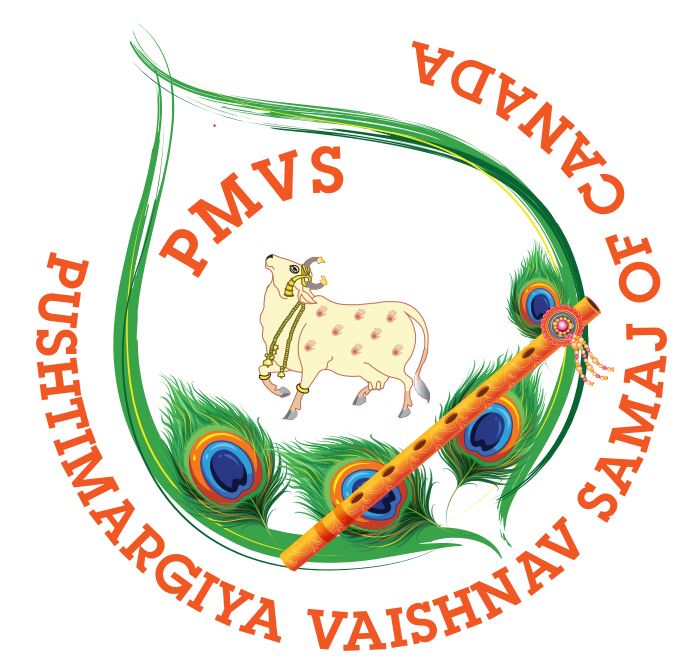Bhakti in ancient times

Srimad Bhagvad Gita is a part of the great epic Mahabharata. In Gita, the divine being has explained to Arjuna - starting from 7th chapter upto 12th chapter, in all 6 chapters - the elements of Bhakti, the doctrines of Bhakti and the characteristics of a Bhakti yogi, who is very dear to HIM. It is admitted that Gita in essence is the milching of all upanishads. gita presents Brahma Vidya in a simple form which is narrated in Upanishads. Sri Krishna has explained in detail the system of Bhakti and Bhakti yoga and Bhakti. This is the first work on the subject of Bhakti and since it is the very statement, coming from divine being it is compared to veda.
Veda Vyasa is an incarnation of Gyana. He had conceived Sri Bhagvad Purana in a state of Samadhi and composed it into a work of twelve cantos. This work consists of the episodes of great devotees, how they became the receipients of the divine compassion, how they lived a life of religious upkeeping, how they turned into "Parama Bhaktas" and "Maha Bhagavatas". In the 11th chanto he has specially mentioned how Sri Krishna has taught all about Bhakti yoga to HIS dearest companion and devotee Udhava. Srimad Bhagvata is a complete Bhakti Sastra. Bhakti yoga of Gita is espanded in a clear manner in Srimad Bhagavata.

